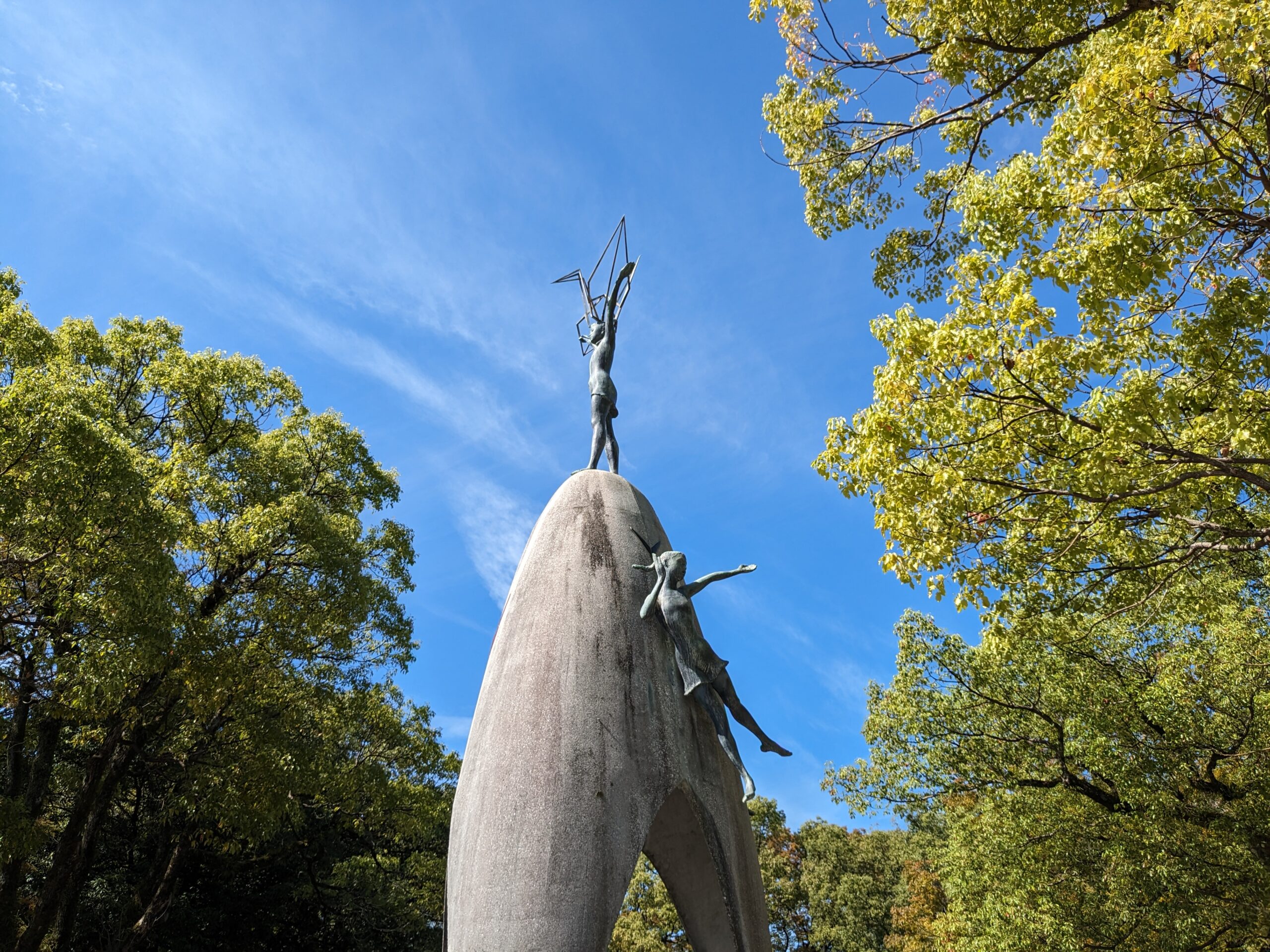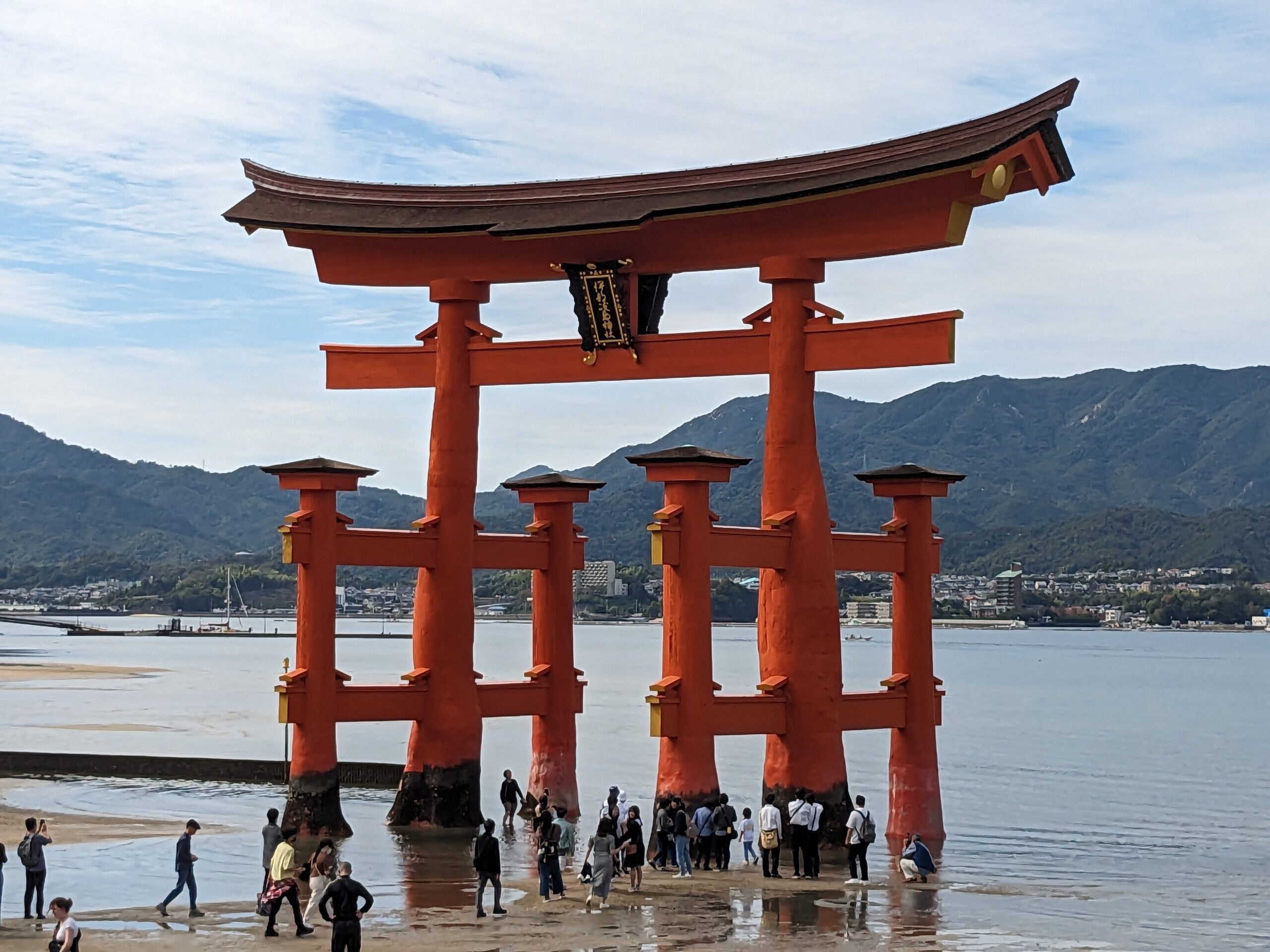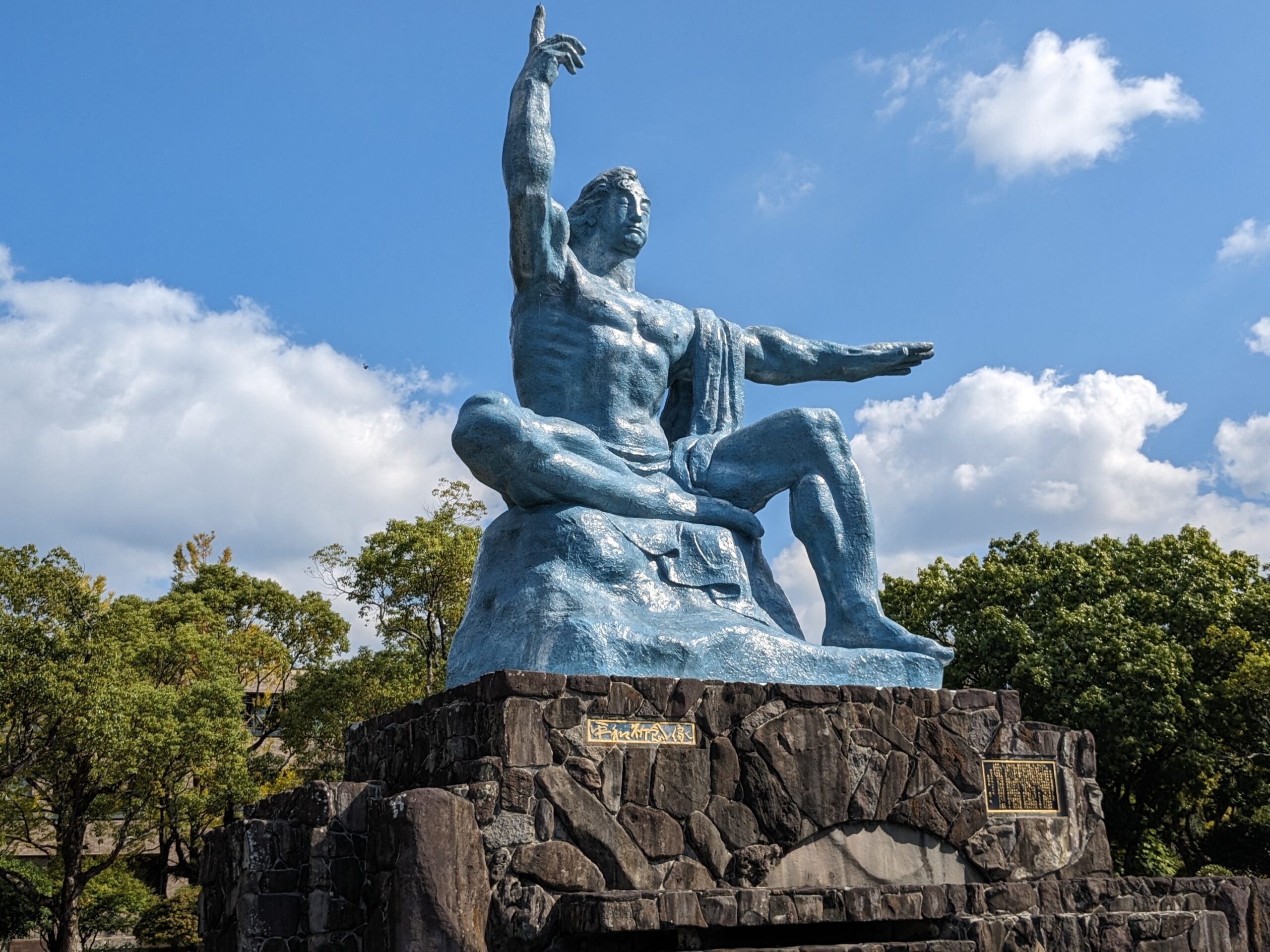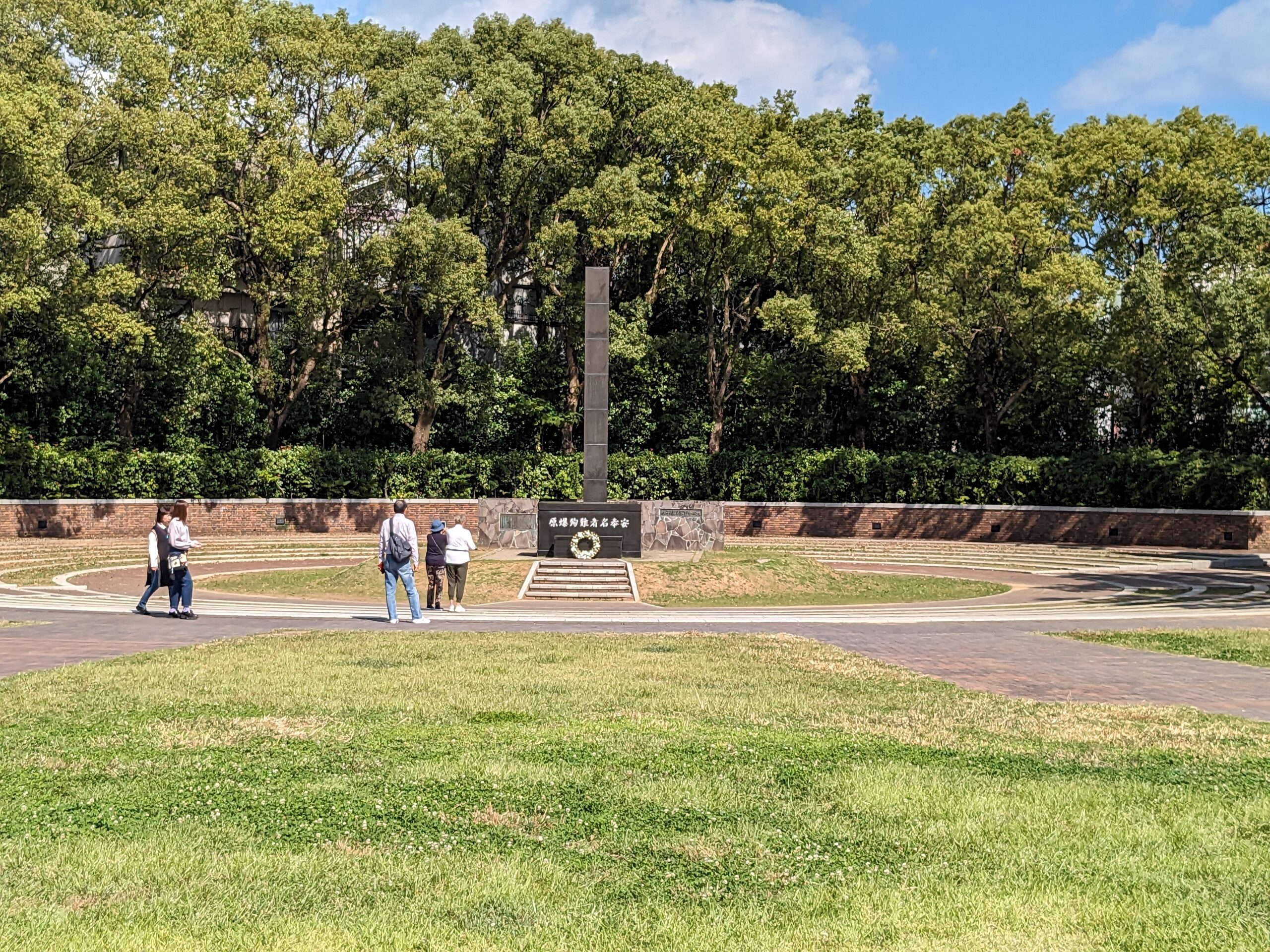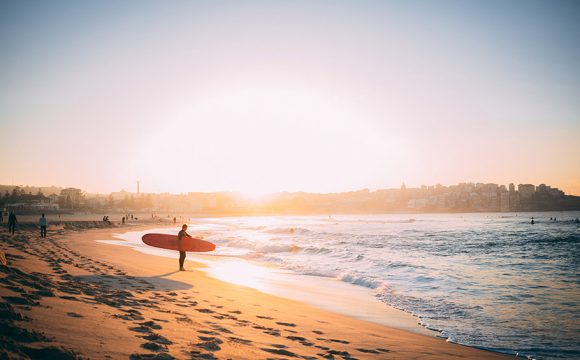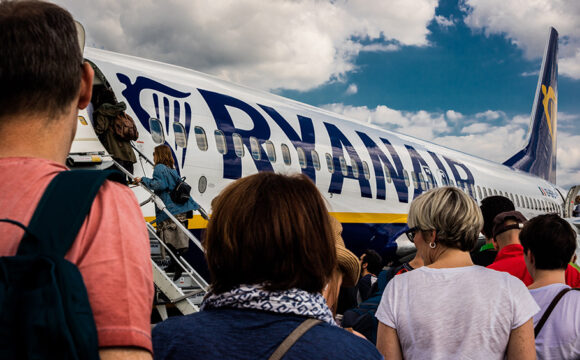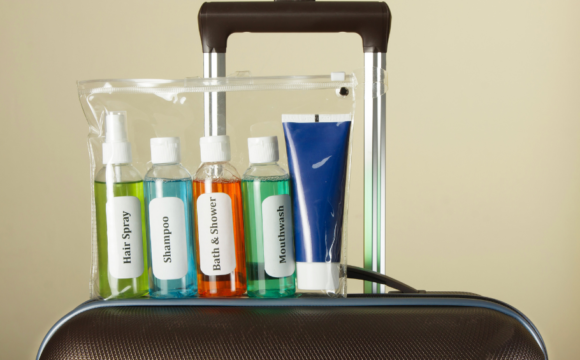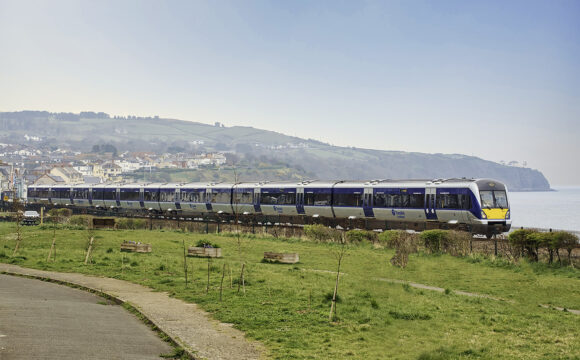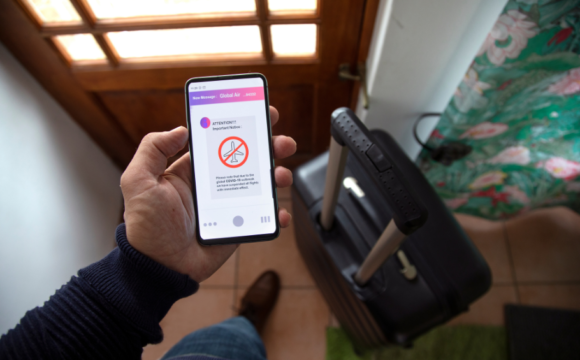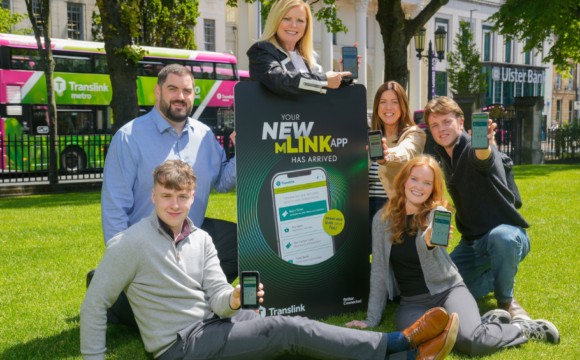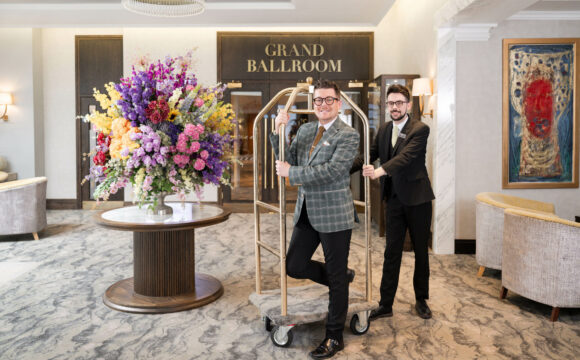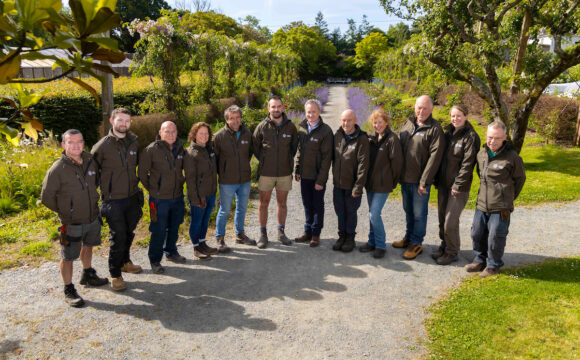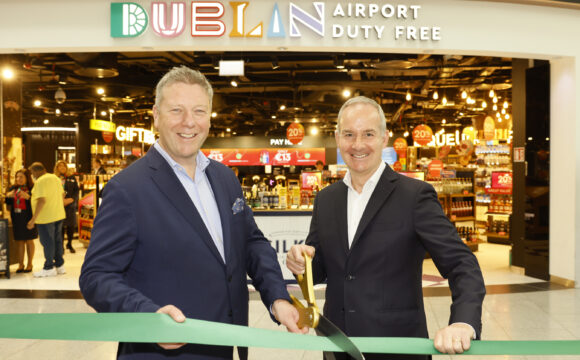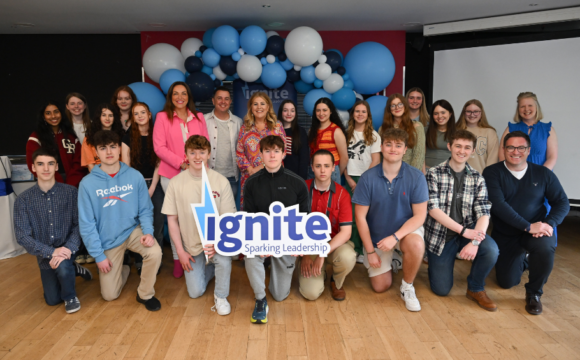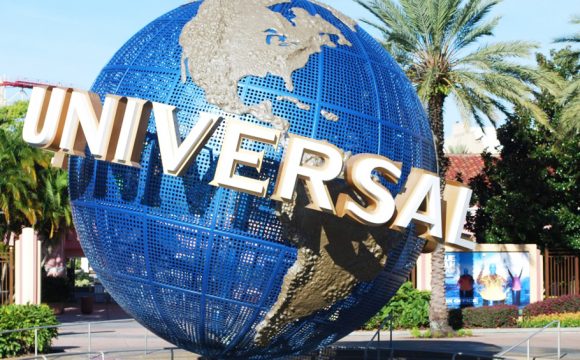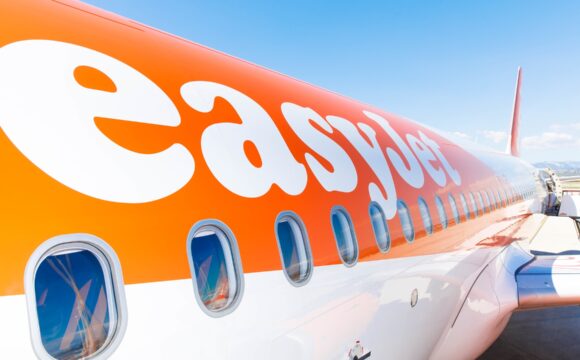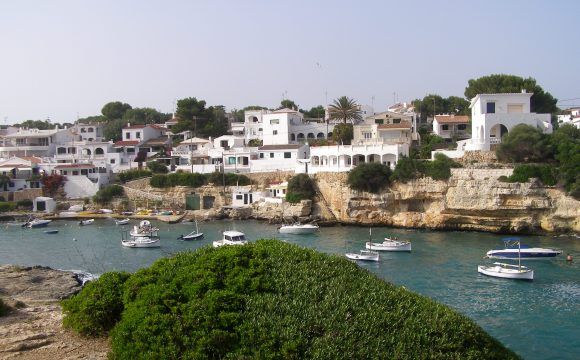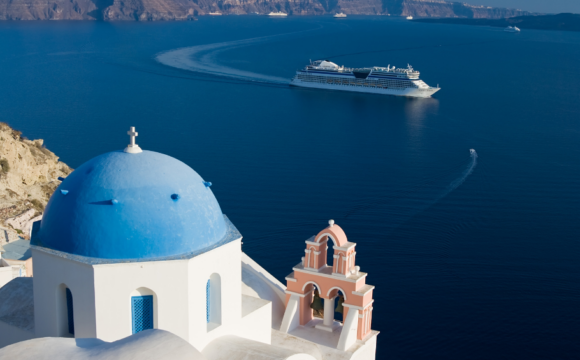Hiroshima
Another short hop on the Shinkansen from Kobe to Hiroshima took just over an hour. An easy tram ride (Streetcar as the locals call them) connected me to my hotel – The Dormy Inn, which cost roughly £80 per night and again had all the facilities including Onsen, afternoon ice-creams and late-night ramen noodles included. The hotel was ideally placed to explore the Hiroshima Memorial Peace Park a short distance away.
A lovely green park with large wide-open spaces, situated alongside a river, this area attempts to bring solemn remembrance to the tragic consequences which befell the city when the first atom bomb used against it in anger. This action which although instrumental in bringing about the end of the war, killed approx. 80,000 people immediately and many more tens of thousands in the months and years that followed through their injuries and radiation poisoning.
So, whilst this is an area which people flock to see, it is an entirely different experience. I can only say that shivers overtook me as I entered the park, heightened further by my visit to the Peace Memorial Museum. As I left and wandered past the Cenotaph, the Flame of Peace, the Children’s Peace Monument and the Peace Bell a feeling of true sadness overtook me. Then across the river you see the Atomic Bomb Dome still standing despite being virtually at the epicentre of the explosion – my only thoughts being – how when everything else was flattened? I can only say that the Park creates a journey of emotions but I left reflecting on the word Peace – clearly the intended purpose!
From the same area I was able to catch a fast ferry to the island of Miyajima about 35 minutes away and home to ‘the Floating Torii’. The 16m orange (officially described a ‘vermillion’) Shrine Gate has existed since to 12th century with the current one erected in the late 19th century. It sits on a beach about 15 mins stroll from the ferry, along which, you will encounter very tame wild deer seeking tit-bits. When the tide is out you can walk up to it and when the tide is in it appears to float on the water. This is the gate to Itsukushima-jinja – a Shrine which has existed as far back as the 6th century when the island was considered sacred and off limits to commoners. For those who like hiking, the island has long trails through primeval forests which take you to the top of Misen Mountain (530m), where can experience 360- degree views. For those who are less energetic there is also a cable-car (ropeway as the locals describe it).
Hiroshima is what I would describe as a relaxed city, easy to negotiate on foot or via the tram network. The range of food and drinks as everywhere is vast in both choice and price-point. I took the opportunity to sample Okonomiyaki, a local favourite. Where better to sample it than where you see the locals queuing to get in! It wasn’t long before I was sat in front of a hot griddle watching the preparation of my dinner – basically a thin pancake topped with cabbage then noodles fried in what looked like teppanyaki sauce, then flipped onto a flattened thin-egg omelette, flipped again and topped with scallions – you can also add other toppings such, cheese, meat, squid etc. Gorgeous & cheap as chips!
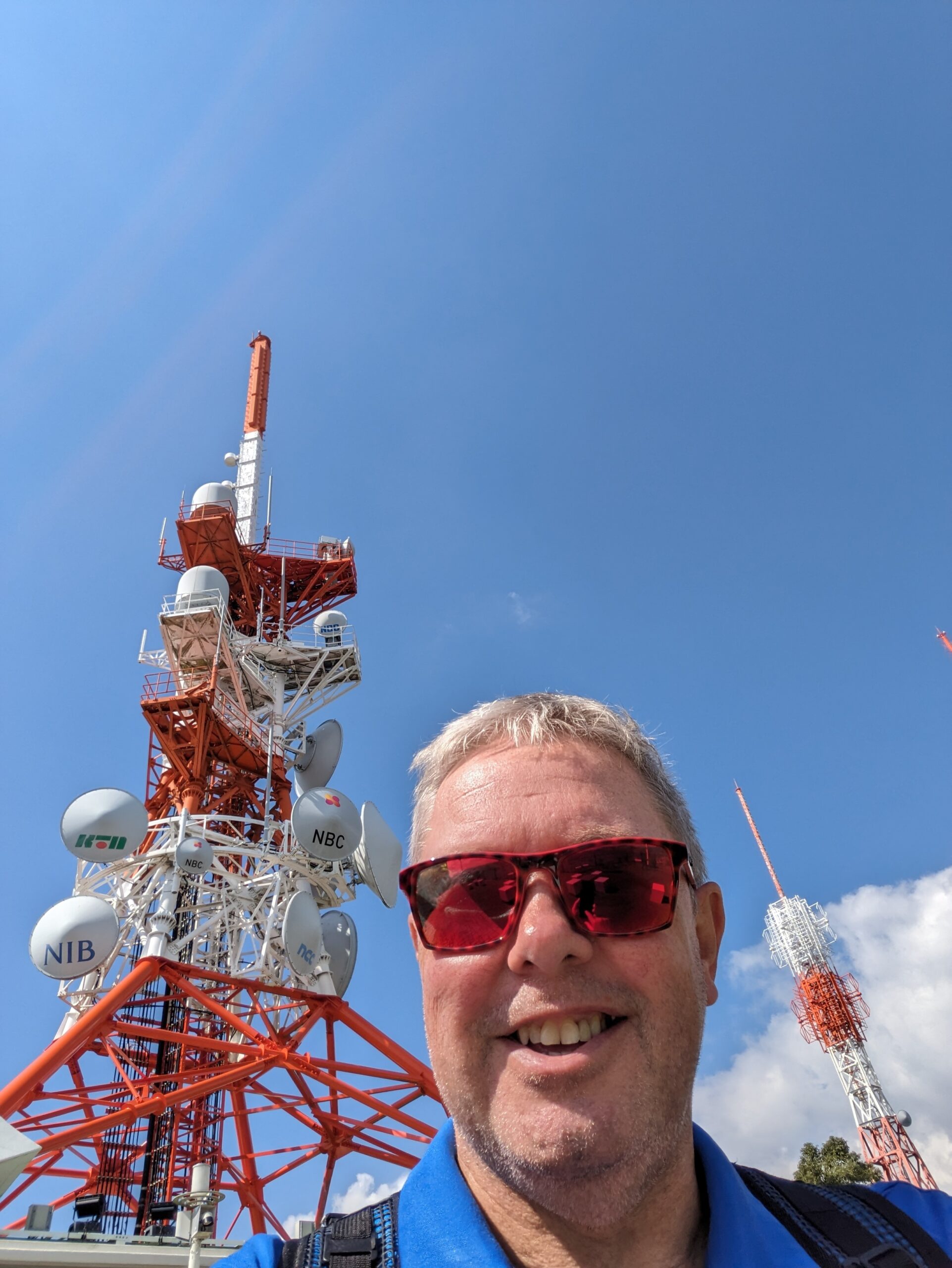
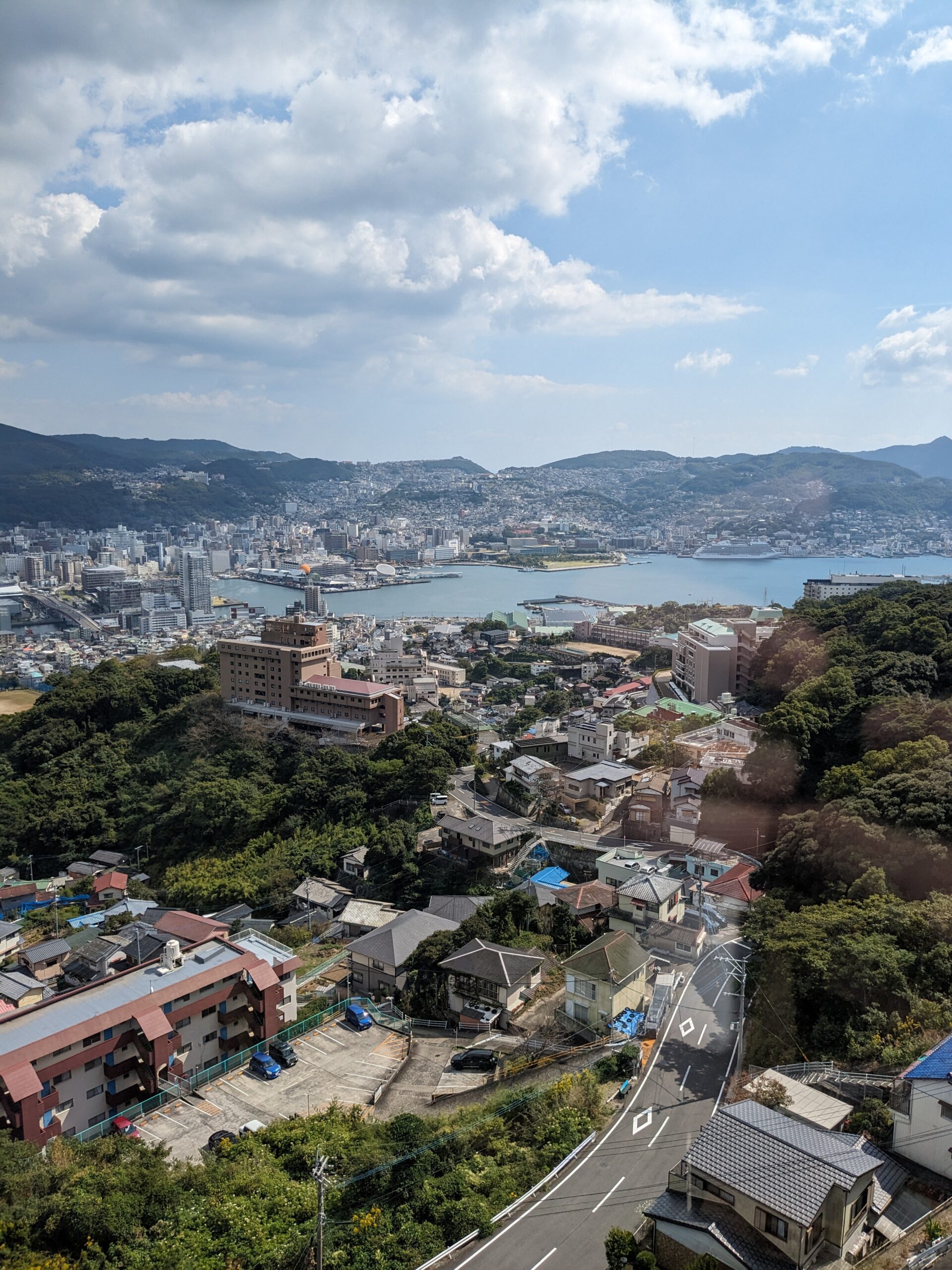
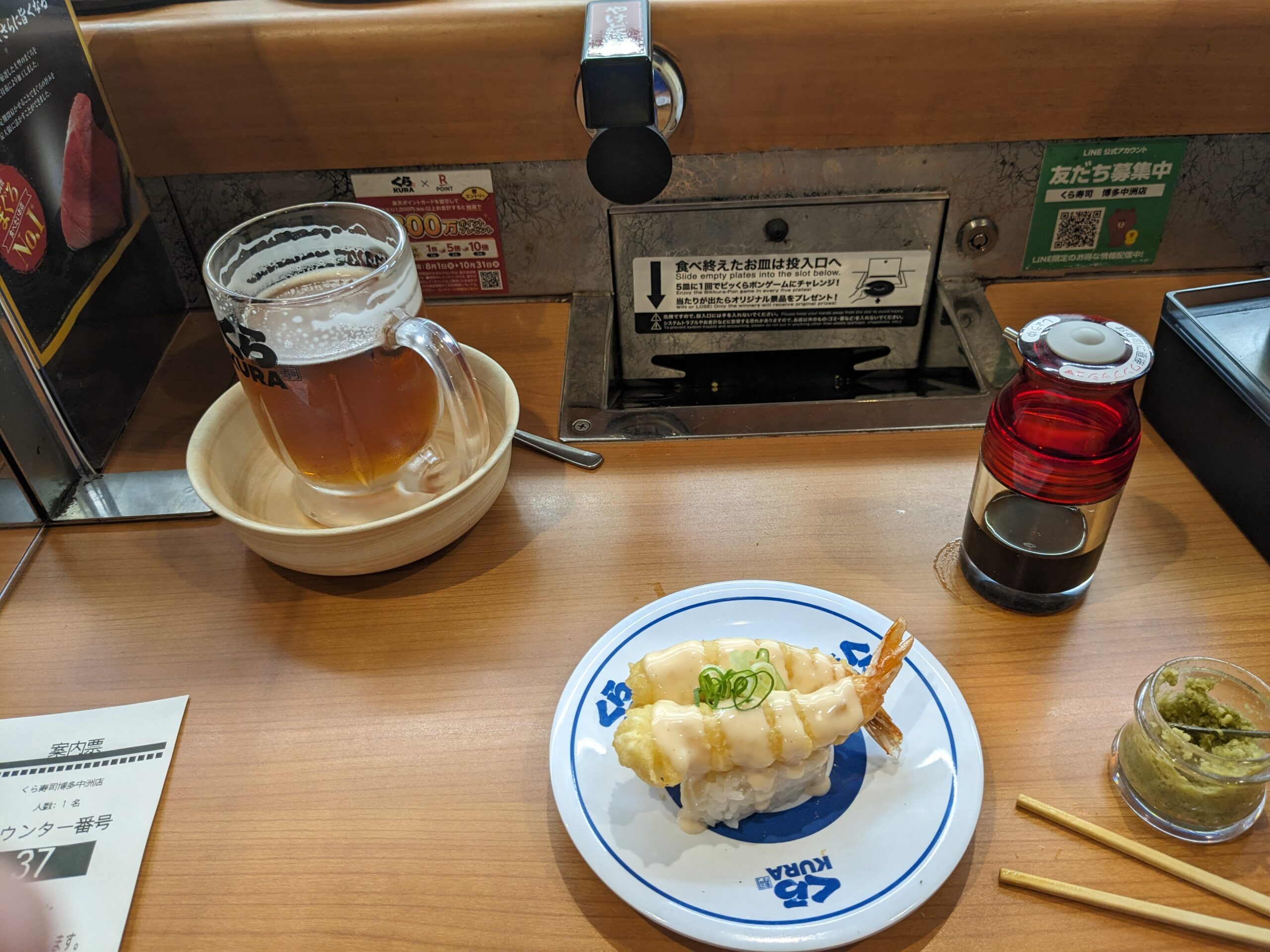
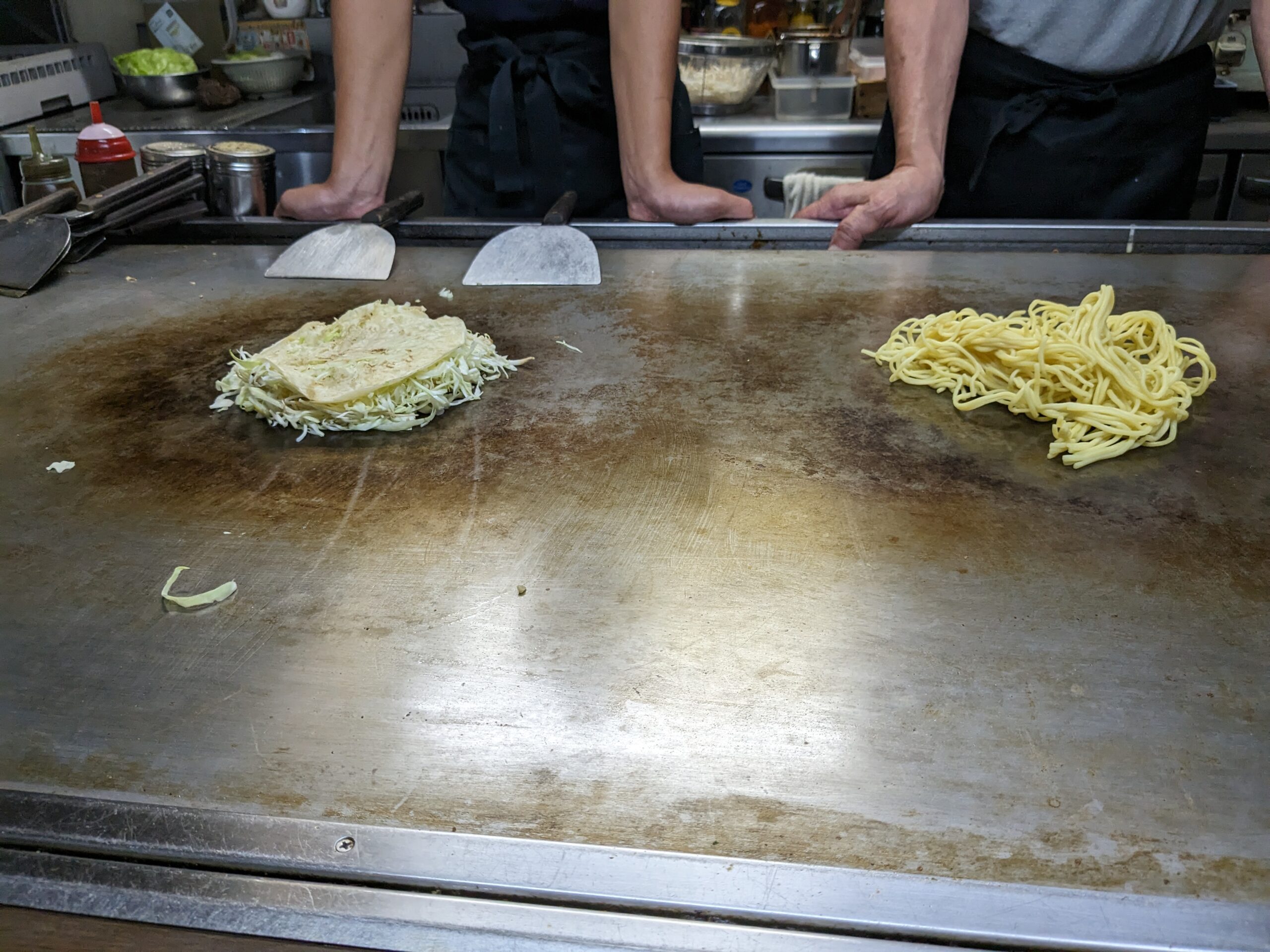
Fukuoka/Hakata
Another 70 minute train journey across nearly 300km took me to Fukuoka, the gateway to Kyushu, Japan’s southern and westernmost Island.
Fukuoka and Hakata sit across a river and merged in 1889 to become Fukuoka but it still gets referred to as both names – even the main train station is called Hakata. It is Japan’s eighth largest population centre and forth largest airport.
I decided to base myself here to visit both this city and then travel down to Nagasaki for the day using my JR Rail Pass. It is also the airport where I will fly from up to Hokkaido – Japan’s North Island.
Being a large city, it has varying districts. I am staying 1 stop away from downtown – 2 nights at the APA hotel are costing me £40 a night including breakfast! Again, it is a good hotel with everything you could need for 2 days in a city.
The Downton area is very relaxed with good shopping and eateries, again easily walkable but also with a great subway network if needed. The Tenjin district close by via the subway housing more of the department stores, boutiques and the main nightlife area.
It was here that I discovered Kura Sushi – the largest chain of Sushi restaurants in Japan….and what fun I had! It is a self-serve restaurant. Check yourself in and get a table number. At the table you find everything you need from Chopsticks to cups,wasabi etc. A tablet at your table allows you to scan the menu and order items directly. There are two conveyor belts. The top one delivers what you order – stopping at your table and the bottom once has random dishes that you can simply pick off. Both food and drinks are delivered in this way. As you finish each plate you simply slide into a slot, and it is taken away. But the real brilliance is that after every five plates you get a game of chance via amine cartoons on the tablet in front of you – the prize is a children’s toy in a ball! Do not let that fool you! I was hooked and determined to win.! I got as far as 10 plates and 2 defeats before I had to give up. I checked out on the screen, took my original table number chitty to the till, scanned it and paid – £15 including two beers and a lot of fun.
Nagasaki
The Shinkansen does not run through Fukuoka directly to Nagasaki. You get an express train as far as Takeo Onsen and then join up with the newest Shinkansen line to Nagasaki. All in it takes about 90 minutes so easy to do a day trip.
Nagasaki is set in the valleys of the rolling hills and mountains which surround it and the port. A tram network provides excellent access throughout the various districts.
Like Hiroshima I decided to start with the Peace Park which is a dedicated memorial to those killed as a result of the dropping of the second atomic bomb, only three days after that in Hiroshima.
I took the tram uphill to the highest point of the park. There you are met by a huge Peace Statue and then as you wander downhill, the Fountain of Peace, Nagasaki Bell and various monuments donated by countries and communities around the world. Again, this is a hugely thought-provoking area. In fact, the area is described as a “wishes zone” and was developed as “a space suitable for a place to wish for peace”.
Your mind wanders to think about how can this really have happened? To the eye today, Nagasaki is a sprawling successful metropolis of a city with a thriving port. It is only when you visit the museum, see the visuals, and exhibits that the reality of the devastation, terror and suffering experienced comes to life.
I had not realised that the bomb dropped was twice the size of the first one, and that Nagasaki was the secondary target. Kokura where the Japan had a huge arsenal was the primary target, but a cruel twist of fate was dealt when cloud cover forced the crew to divert, as the bomb had to be aimed visually. The bomb missed the main target in the port and landed in the densely populated Urakami valley. The mountainous topography though helped in containing the blast devastation to about two square miles killing 40,000 people instantly and again many more thousands in the months and years to follow.
Wandering further down the hill you are met with an eerie similarity to Hiroshima. There, the ‘Dome’ survived the blast despite being close to the epicentre. In Nagasaki, the corner of the Urakami Catholic Cathedral stands in testament, again close to the epicentre.
To get a better view of Nagasaki itself I caught the tram and walked a little to Mt Inasa Ropeway. Mt Inasa rises 333m above sea level giving spectacular 360-degree views over Nagasaki and beyond. In fact, it was selected as one of the top three night views in the world in 2012 – I guess that list is constantly changing these days!
I was not going to be there at night but on a glorious sunny day I was determined to visit – this despite my fear of heights. I admit that I was a bit shaky on the way up and on the walkway at the back of the mountain which seemed to my nervous disposition to have shear drops (it probably didn’t!). Once at the observatory though – Wow ! Spectacular! Not to be missed!
My parting memory from Nagasaki will be the view out over the thriving city and in particular, over the area of the Peace Park, clearly visible amid the vast new urban landscape. The city has regenerated but at its heart is an area in memorial that exists to encourage all to wish for peace.
